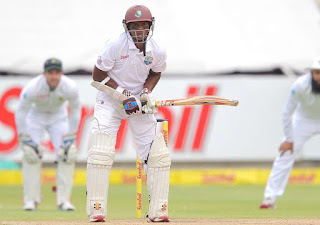10 Umpiring Signals in Cricket
Umpiring officials constitute the backbone of the cricket, be it the real life game or the daily fantasy cricket. Being the official in charge of the game it is the onus of the two umpires present in the field to maintain the fairness of the game. Thus often these gentlemen had to use a whole array of Umpiring Signals to indicate the decisions they make .
Here is a list of some common gestures that umpires
- Umpiring Signal for Out
The Umpire raises his index finger, above his head to indicate the batsman is ‘out’. This is unlike ‘not out’ where the signal is to clearly say ‘not out’ by shaking his head.
However, the umpire can only act after the fielding side appeals by screaming “How’s that?”(HowzThatt), “Wot Wot” or “How was he?”
- Umpiring Signal for No-Ball
This signal is given if the bowler’s foot lands over the front line of the bowling crease. Here the delivery is considered to be a ‘no-ball’.
- Umpiring Signal for Free Hit
This signal will be given by the umpire by circling a finger horizontally over his head. Free hit signal usually follows a ‘no-ball’. During a free hit delivery, batsmen cannot be dismissed caught, bowled, or leg before wicket.
4. Umpiring signal for Wide Ball
This signal is shown if the ball that passes is out of reach of the batsman. Such a delivery is seen as a ‘wide’ and the batting team is given an extra run while the ball must be re-bowled.
5. Umpiring Signal for Boundary four
This signal is shown with Right hand and arm swept across the body. This signal denotes, the ball has been hit all the way to the boundary and it has made its way to the same by bouncing. In other words what distinguishes this boundary from a six is that the ball has reached the boundary without losing its contact with the ground.
6. Umpiring Signal for Boundary Six
This signal is shown with Both arms held above the head and index fingers outstretched. This signal shows the ball has been hit over the boundary, without the ball bouncing.
7. Umpiring Signal for Bye
This umpiring signal is done with the right arm raised skywards. The ‘bye’ signal is used to denote that the ball has been missed by both the batsman or woman and the wicket-keeper. Any runs scored are deemed to be byes. Byes, like leg byes, are counted as extras.
8. Umpiring Signal for Leg Bye
This umpiring signal which is shown by Right leg raised and clasped by the right hand, indicates that the ball hit the pads of the batsman, not the bat and the runs completed are adjudged to be leg byes. These runs although are added are not credited to the individual player’s score but to the team’s, as extras.
9. Umpiring Signal for Short Run
In this signal the right arm is held out horizontally and then flexed back to touch the shoulder. Short run is given when one of the batsman has failed to touch the bat down beyond the front line of the bowling crease when going for a run. This is a short run and the run scorer is being told to take the run off the score.
10. Umpiring Signal for Dead Ball
If the ball is no longer considered in play it is a dead ball. An umpire will signal this by crossing and uncrossing his wrists below his waist with the call Dead Ball. This is signaled by an umpire crossing his hands in a horizontal position in front and above his waist three times




Comments
Post a Comment